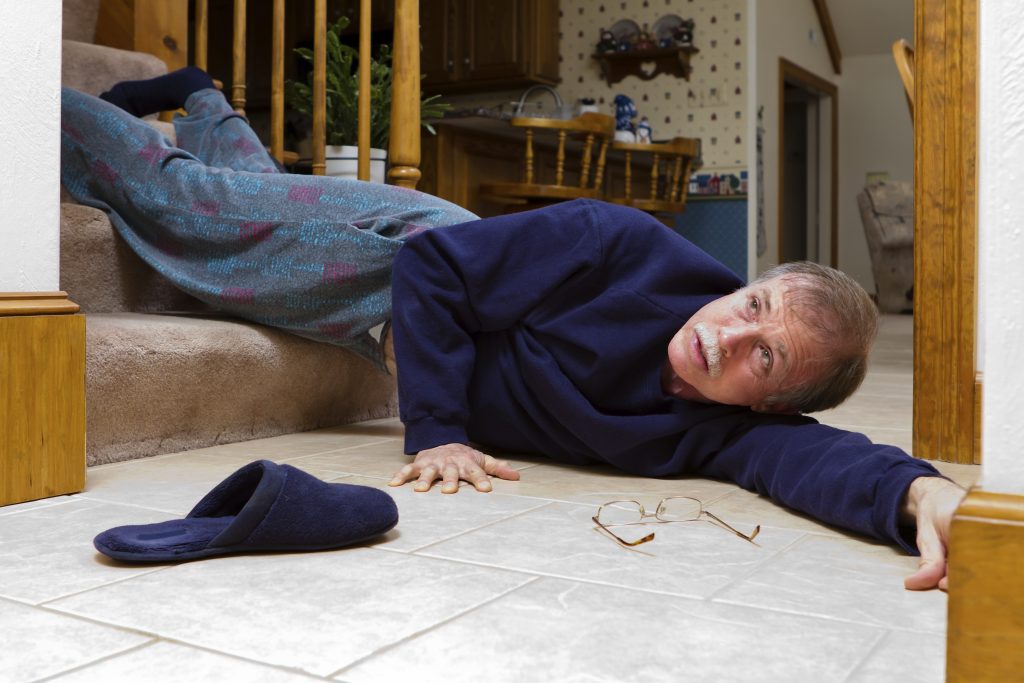This month marks 20-years of writing this column. My thanks to the present and previous editors of the Medicine Hat News and of course the readers. Without readers there is no column. Thank you all.
Today, I want to discuss about a very debilitating problem amongst seniors. This is about seniors with hip fractures and what is the best time to operate on them.
In Canada, hospitals admit 30,000 older adults with hip fracture each year.
These patients face an increased risk of death, with up to five per cent of women and 10 per cent of men dying within 30 days. These statistics are published in the Canadian Collaborative Study of Hip Fractures published in the Canadian Medical Association Journal (CMAJ August 07, 2018).
Treatment for hip fracture usually involves a combination of surgery, rehabilitation and medication. Physical therapy and rehabilitation focus on range-of-motion and strengthening exercises. Depending on the type of surgery and whether you have assistance at home, you may need to go from the hospital to an extended care facility.
Timing of operation is very important. Surgery on admission day or the following day was estimated to reduce postoperative death rate among medically stable patients. That is why it is important for hospitals to expedite operating room access for patients whose surgery has already been delayed for nonmedical reasons, says the CMAJ report.
It is generally accepted early operative intervention improves survival by reducing patients’ exposure to immobilization and inflammation.
In 2005, the federal, provincial and territorial governments established a benchmark of 48-hours from admission for 90 per cent of hip fracture surgeries to prevent potentially harmful delays.
However, delays to hip fracture surgery remain common. Patients who are medically stable at presentation may have to wait until a surgeon or an operating room becomes available.
If the hip surgery is done on the day of admission then the cumulative 30-day death rate was 48.9 deaths per 1000 surgeries.
For surgery carried out later, the death rate was significantly higher: 57.0 deaths per 1000 surgeries done on inpatient day three and 69.1 deaths per 1000 surgeries done after inpatient day three.
The study also found patients undergoing the procedure on inpatient day two rather than the day of admission did not change the risk of death.
If all surgeries were done on inpatient day three rather than the day of admission, there would be an additional 5.8 deaths for every 1000 surgeries, and the number of deaths would increase further, to 10.9 deaths for every 1000 surgeries, if all surgeries were done after inpatient day three.
What to expect in the future? Up to 10 percent of adults age 65 or older that have a hip fracture will have another hip fracture within two years. Bisphosphonates and other medications for osteoporosis may help reduce the risk of a second hip fracture.
The study recommends that all medically stable older adults with hip fracture undergo surgery on the day of their admission to hospital or the following day. This approach places the emphasis of managerial efforts on expediting operating room access for patients whose surgery might be delayed for nonmedical reasons.
Start reading the preview of my book A Doctor's Journey for free on Amazon. Available on Kindle for $2.99!



